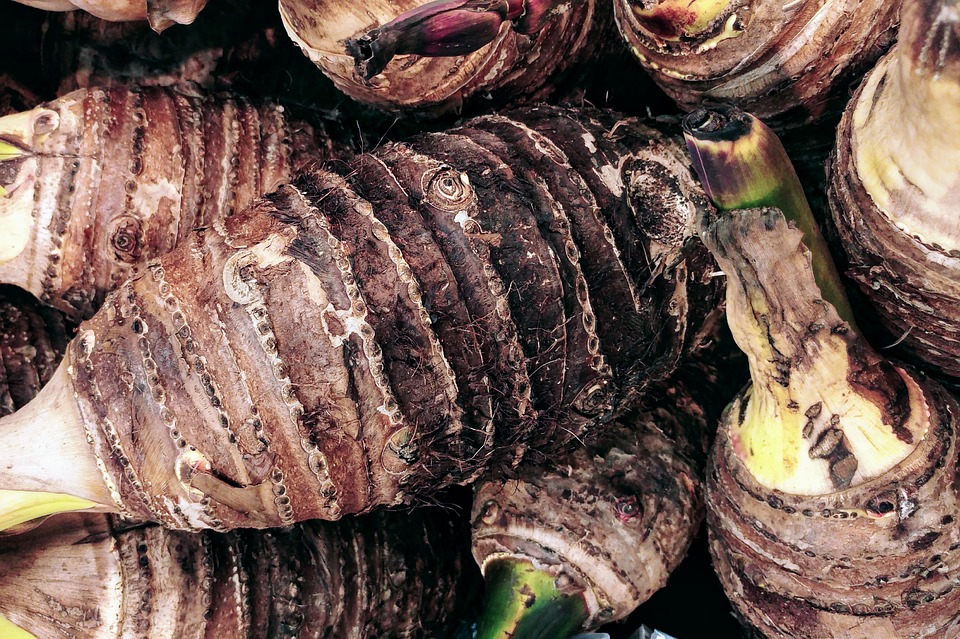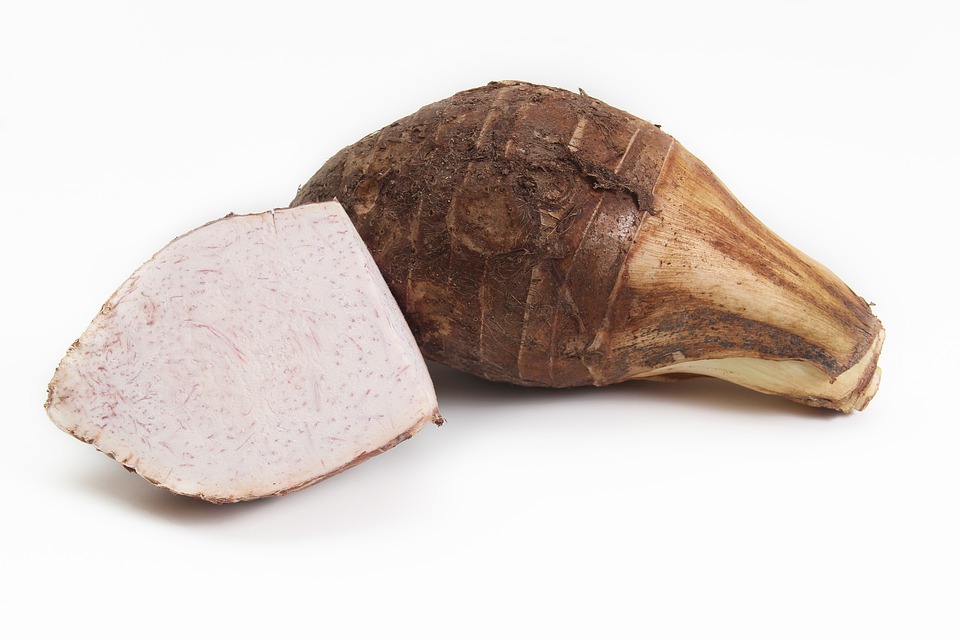If we talk about one of the earliest cultivated plants, we know for sure that Taro is one of them. Taro is a root vegetable and not a very common one in the world. There are just a few South Asian and African economies where the Taro Vegetable is grown.
It can be used in different types of cuisines due to the nutty taste and starchy texture. Expert nutritionists have suggested that Taro is quite beneficial for health. But that’s not just it. Taro has many other benefits too.
High Nutritional Value
Being one of the healthiest vegetables on the planet, Taro is full of healthy vitamins and minerals that will help you in maintaining an ideal balance in your day to day eating. Most importantly, about 132 grams (One Cup) of Taro contains 6.7 grams of Fiber along with 30% of the essential daily value for manganese.
Other than that, the vegetable is also rich in Vitamin B6, Vitamin E, Vitamin C, Copper, Potassium, Phosphorus, and Magnesium. The standard American diet lacks many of these essential vitamins and minerals which is why Taro is recommended.
Blood Sugar Control
A key aspect of why Taro is recommended by healthcare professionals is that it has a high level of starch and carbohydrate content in it. This falls under the category of healthy carbs that can help you in controlling blood sugar while allowing you to balance the weight as well. Taro is highly recommended for those who are facing diabetes. If you don’t have diabetes, Taro root will reduce the risk of catching the disease.
Taro can be used as a snack item and can be fried too. With some spices and salt, it would give you a savoring taste. For those who are practicing diets for weight control, Taro is often recommended because it has low carbs.
Reduced Risk of Cancer
None of us wants to get even a little bit close to this fatal disease which is why regular consumption of Taro root is recommended. Consultants have said that due to high levels of antioxidants, there is protection from free radicals from body cells and any damage caused by oxidation is reduced. These free radicals are usually what scientists believe are the key step that leads to cancer.
Not only does it reduce the risk of cancer but also reduces the risk of facing any kinds of heart problems. For those who are curious, the antioxidant in Taro is called Quercetin which is often found in medicines for heart problems and blood vessels.
Good for the Gut
The gastrointestinal system of the human body is known as the gut. Taro is considered good for gut health because of its high fiber and resistant starch content. Since these two are not digested in the body, they become food for the microbes in the gut. As a result, good bacteria are grown which helps in creating fatty acids that strengthen the health of the intestines.
If you or someone you know is facing any kind of bowel diseases such as constipation, stomach ulcers, acid reflux, and diarrhea, or any other digestive issue, Taro will be of maximum help.
Gives Energy
One of the widely known organic sources that provides vital energy to the athletes is Taro. With a low glycemic index, it helps in breaking down glucose in the liver slowly which is useful for hypoglycemia. As a result, there is long-lasting energy for those who consume it.
In addition to that, hypertension or high blood pressure is one of the widely spread medical problems in 2021 with more common signs being found in mid-aged individuals. A cup of Taro gives away 20 milligrams of sodium that releases hypertension and also provides improved kidney workflow.
Immune System
We know Taro is a good vegetable because of the improvements in the immune system that it brings. Being high in Vitamin C, it forms collagen and absorbs iron which results in the proper functioning of the immune system. Bone health is also improved in the long run with high consumption of Taro.
Benefits to the Skin
We also know that Taro can be good for the skin because of the high content of Vitamin C. By releasing antioxidants and reducing any kinds of hyperpigmentation and the brown spots on the skin, Taro can help you in a much fair and improved version of your skin which you will find ideal. Moreover, skin radiance is improved too.
Easy to Add to Diet
Taro can be used in sweet dishes as well as the savory ones because of its starchy taste. One does not need to spend a lot of time in the kitchen if they have Taro but keep in mind that it is recommended to only eat the Taro Root when cooked in its proper form. Why is Raw Taro not recommended? Because it may lead to a burning sensation in your mouth.
For those who are just ready to cook Taro, they would like to know some of the best ways to eat Taro.
You can make Taro Chips after cutting taro into smaller slices and frying them with a suitable mix of salt and spices as you like. In addition to that, a soupy dish can also be made and eaten with Taro.
You might have not heard this one before, but many people consume Taro Tea which not only tastes good but also looks good in the form of a healthy, purple-colored potion.
To make Taro buns, you need to create a sweet paste out of Taro with some butter in it. This would further require a pastry dough as well. Bake it and enjoy! Some ladies have also tried out the Taro cakes where cooked Taro is balanced with seasonings and given a pan fry.
Conclusion
In conclusion, it can be said that Taro is one of the most beneficial sources of gaining the everyday nutritional requirements. Taro has multiple uses and with the versatility of dishes that can be made with Taro, we are sure you will like it as well. Make sure that you find the right taro root which is not expired.
If you are curious about what is Dragon Fruit and the health benefits that are associated with it, you can read more on this page – Health Benefits of Dragon Fruit.
Also, you can read about the Maca Root and the associated health benefits on this page – Maca Root Does More Than Help with Weight Loss.




